Zanthoxylum capense
General Info – summary
This usually much branched Tree is usually up to 7m high. Trunk with cone-shaped knobs with sharp spines. Branchlets & leaves lack knobs. Crushed imparipinnate Leaves smell of citrus and have gland dots on the margins. Leaflets increase in size towards the leaf apex. Unisexual, greenish white Flowers develop in panicles. Fruit is a capsule with a persistent calyx containing a single shiny black high oil content seed.
Description
Previous Names: Fagara capensis, Fagara magalismontana, Fagara multifoliolata, Xanthoxylum capensis, Zanthoxylum thunbergii var.obtusifolia
SA Tree No. 253.
Common names: (Afr) Briar-hout, Kardamon, Karrademon, Katdoring, Kleinknophout, Kleinperdepram, Klein-perdepram, Knopdoring, Knophout, Knoppiesdoring, Lemoendoring, Maagbessie, Oomsboom, Parapis, Perdeboom, Perdepis, Perdepisbom, Perdepram, Perdepramboom, Pramboom, Prambos, Prambosboom, Pramdoring, Wag-‘n-bietjie, Wildebriar, Wildekardamon, Wilde-kardemom, Wildekarmonk, Wildenartjie. (Eng) Fever Tree, Knobthorn, Lemon Thorn, Small Knobwood, White-man’s-tit, Wild Cardamom, Wild Cardamon. (isiXhosa) Isifutho, Umnikandiba, Umlungumabele, umnungamabele, Umnungumabele, Umnungwane. (isiZulu) Amabelentombi, Amabelezintshingezi, Umhlungumabele, Umlungumabele, Umnungumabele, Umnungwane, Omncane, Unnungwane. (Northern Sotho) Monokwane, Senokomaropa. (siSwati) Umnungwane. (Setswana) Manhungwana, Monokomabêlê, Sekole. (Tshivenda) Munungu, Murandela, Munungu. (Xitsonga) Asiningani, Monokomabele.
Family: Rutaceae. (Citrus family) has 160 genera and 2 000+ species. Leaves often have pellucid (clear, almost transparent in transmitted light) oil glands which are responsible for the aromatic smell. These gland dotted leaves are usually opposite and lack stipules. Most leaves are compound. The plants are usually monoecious (having both male and female reproductive organs on the same plant). The regular Flowers are bractless, bisexual or unisexual. The 4-5 Petals are usually free. The Stamens have anthers that are dorsifixed and 2-thecous (have 2 pollen sacs). Staminodes are often present. The Ovary usually has 5 carpels, and the Style is simple. Fruit is variable. This family has 23 species in Africa. The Rutaceae in southern Africa are largely concentrated in the Western Cape. Indigenous genera with trees on this website include Calodendron, Ptaeroxylon, Vepris and Zanthoxylum. Calodendron is the only genus of this family to have large flowers.
Name derivation: Zanthoxylum – yellow wood. capensis – from the Cape/South Africa. There are at least 5 species of the genus Zanthoxylum in southern Africa.
Conservation: National Status: L C (Least Concern). Assessed: 2008 (V.L. Williams, D. Raimondo, N.R. Crouch, A.B. Cunningham, C.R. Scott-Shaw, M. Lötter and A.M. Ngwenya).
Tree
This usually slender much branched Tree with its scattered Crown is usually up to 7m high but may reach 15m. The initially smooth Bark is grey (photo 113) and ages to brown (photo 121). On the trunk, hard, short straight spines up to 1cm long rest on cone-shaped Knobs up to 3cm long (photo 121). Branchlets and leaves lack knobs (photo 115) and have single or paired spines up to 1,2cm long.
- 182. 2018/09/29. Kirstenbosch NBG Photo: David Becking.
- 113. 2017/04/28. Dream Hills. Photo: David Becking.
- 121. 2017/04/28. Dream Hills. Photo: David Becking.
- 115. 2017/04/28. Dream Hills. Photo: David Becking.
Leaves
The Leaves on this deciduous tree are up to 12cm long and imparipinnate (pinnately compound leaf ending in a single leaflet – photo 109). However, the terminal leaflet may be missing. Leaves are concentrated near branch ends (often-on side twigs) and have a citrus smell when crushed. The upper surface of the Rachis (main axis bearing flowers or leaflets) is grooved and thinly winged (photo 112). Up to 1cm long straight Spines may be present on the rachis (here the main axis bearing leaflets – photo 112). The hairless Leaflets are up to 6 x 2cm and tend to increase in size towards the leaf apex (photo 109). Leaflet shape varies from almost round to elliptical or lance-shaped and the largest terminal single leaf may be obovate (egg-shaped – with the narrower end at the base photo 109). Leaflets may be asymmetric (not equal to the opposite side – photo 109). Apart from the terminal leaflet, the up to 10 remaining leaflets pairs are opposite or nearly so. The Margin is scalloped to shallowly serrate (saw-toothed margin with teeth pointing forward – photo 123). Holding the leaf against a strong light enables the veins and translucent glands dots occurring at the axis of the serrations along the margin to be seen (photo 123). In this photo, the up to 12 side veins link with each other prior to reaching the margin. The lower side of the Blade is slightly lighter and here the midrib and lateral veins are a little more visible. On the upper surface, the midrib is more visible. The occasionally asymmetric Base tapers and has small auricles (resembling an ear or earlobe) adjacent to the petiole (photos 109 & 123). In the field, a hand lens will help. The Apex varies from obtuse to rounded. The Petiole (leaf stalk) is about 1,5cm long. Petiolules (stalks of leaflets) are very short or absent (photo 11). Stipules (basal appendages of the petiole) are absent.
- 109. 2017/04/28. Dream Hills. Photo: David Becking.
- 112. 2017/04/28. Dream Hills. Photo: David Becking.
- 123 .2017/04/28. Dream Hills. Photo: David Becking.
Flowers
The greenish white, to pale yellow, sweet smelling Flowers are small and develop at branch ends. They are located in short, branched terminal Panicles (indeterminate, branched inflorescence with stalked flowers) which may be somewhat upright and are up to 6cm long. Flowers have a short Pedicel (stalk of a single flower). They are usually unisexual or bisexual and Trees may be monoecious (having both male and female reproductive organs on the same plant) or dioecious (having male and female parts on separate plants). When monoecious, both male and female flowers may occur in the same panicle. They are actinomorphic (Regular, symmetrical. Flowers are vertically divisible into similar halves by more than 1 plane passing through the axis). The Calyx has small hair-like Sepals and the Corolla has free Petals. The Male Flowers have Stamens which are opposite the sepals. A rudimentary ovary is present. In the Female Flowers, the Staminodes (sterile stamens) are rudimentary or absent. The glabrous (hairless) superior Ovary is conspicuously gland-dotted and has 2 distinct seams. Its single Locule (chamber within an ovary) has 2 Ovules, and the short simple Style has a capitate (head-like) Stigma. (Aug-Feb).
Fruit
The small green Fruit becomes reddish, gland dotted and is an almost spherical Capsule (a dry fruit resulting from the maturing of a compound ovary, which usually opens at maturity by one or more lines of dehiscence). This capsule is up to 5mm wide and covered in tiny glands. The citrus scented fruit splits open to expose a single, shiny black, oil-rich Seed. (Dec-May).
Distribution & Ecology
This Tree occurs in a wide range of habitats, including bushveld, rocky areas, mist belts and forest margins. Provincially this plant occurs from about Knysna in the Western Cape, eastwards to Eastern Cape and northwards to include Free State, Gauteng, Kwa-Zulu Natal, Mpumalanga, Limpopo and North West. Beyond our borders these trees occur in Eswatini (Swaziland), Mozambique (in coastal areas), and Zimbabwe (in granitic areas). In terms of the National Forests Act no. 84 of 1998, this is a protected tree in South Africa. It is found from woodland to montane forests in rocky slopes, rock outcrops, in dry areas and from sea level to about 2 000m. Antelope that occasionally browse Leaves include the grey duiker, kudu and klipspringer. Flowers attracts insects – which, in turn, attract Birds. Birds also consume the high oil content Seeds. Butterfly larvae that feed on the leaves include the widespread, tailless Citrus or Christmas swallowtail (Papilio demodocus demodocus), the white-banded swallowtail (Papilio echerioides) which occurs to the East and North of SA and the emperor swallowtail (Papilio ophidicephalus) located in Afromontane and riverine forests in warmer areas. Monkeys and baboons eat the ripe Fruit and contribute to seed disperse. The citrus psyllid (Trioza erytreae) is a widely distributed African sap-sucking insect that may cause problems with this plant and other members of the family Rutaceae including spreading bacterial disease.
Ethnobotany
The yellowish Wood is hard and makes excellent pick handles. Although the Fruit is lemon flavoured, it creates a persistent burning sensation in the mouth. The stem bark and Leaf extracts have shown moderate resistance to some bacteria and fungi. Extracts have some insecticidal activity. The Zulus may use the Seeds as perfume. The easiest way to grow this plant is to gather seedlings from under the tree. Fresh seeds may be planted but do not germinate easily. This plant, including the bark and roots are widely used in local medicine.
References
Boon, R. 2010. Pooley’s Trees of eastern South Africa. Flora and Fauna Publications Trust, Durban.
Burrows, J.E., Burrows, S.M., Lotter, M.C. & Schmidt, E. 2018. Trees and Shrubs Mozambique. Publishing Print Matters (Pty) Ltd. Noordhoek, Cape Town.
Coates Palgrave, M. 2002. Keith Coates Palgrave Trees of Southern Africa, edn 3. Struik, Cape Town.
Lawrence, G. H. M, 1951. Taxonomy of Vascular Plants, The Macmillan Company, New York. Tenth Printing 1965.
Palmer, E. & Pitman, N. 1972. Trees of southern Africa, Balkema, Amsterdam, Cape Town.
Schmidt, S. Lotter, M. & McCleland, W. 2002. Trees and Shrubs of Mpumalanga and the Kruger National Park.
van Wyk, B. & van Wyk, P. 1997 Field guide to Trees of Southern Africa, Struik, Cape Town.
Williams, V.L., Raimondo, D., Crouch, N.R., Cunningham, A.B., Scott-Shaw, C.R., Lötter, M. & Ngwenya, A.M. 2008. Zanthoxylum capense (Thunb.) Harv. National Assessment: Red List of South African Plants version . Accessed on 2025/03/19.
http://pza.sanbi.org/zanthoxylum-capense
https://en.wikipedia.org/wiki/Zanthoxylum_capense
http://www.operationwildflower.org.za/index.php/albums/trees/zanthoxylum-capense-il-2-1887
http://www.zimbabweflora.co.zw/speciesdata/species.php?species_id=132990
http://uses.plantnet-project.org/en/Zanthoxylum_capense_(PROTA)

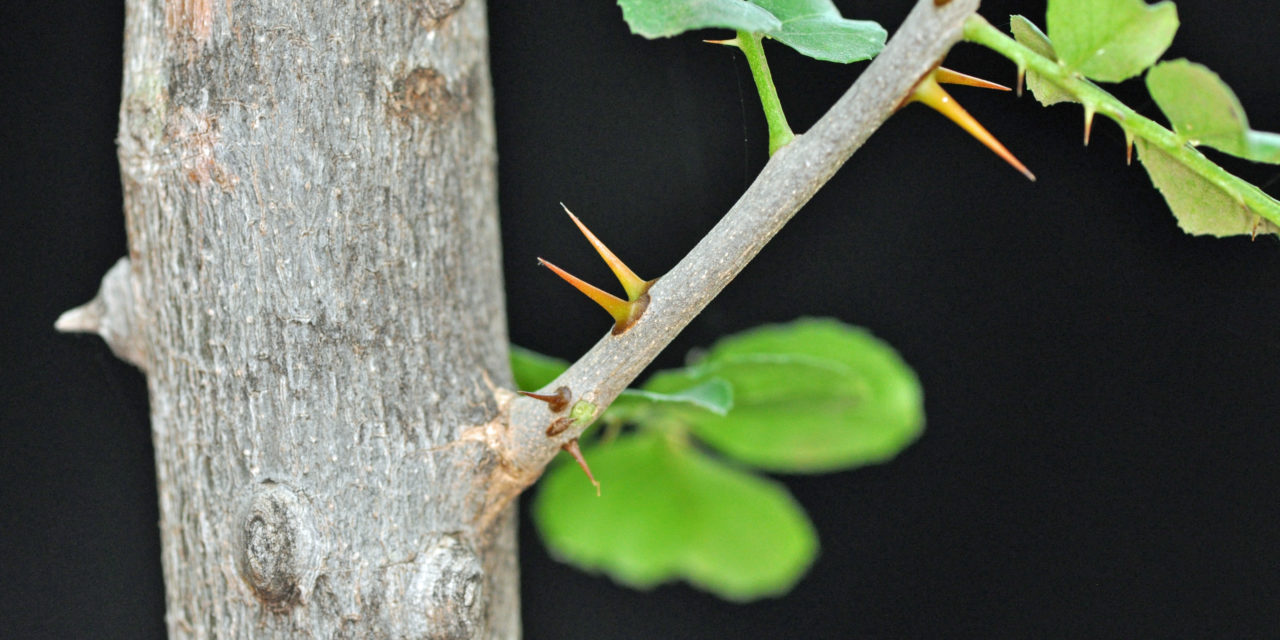
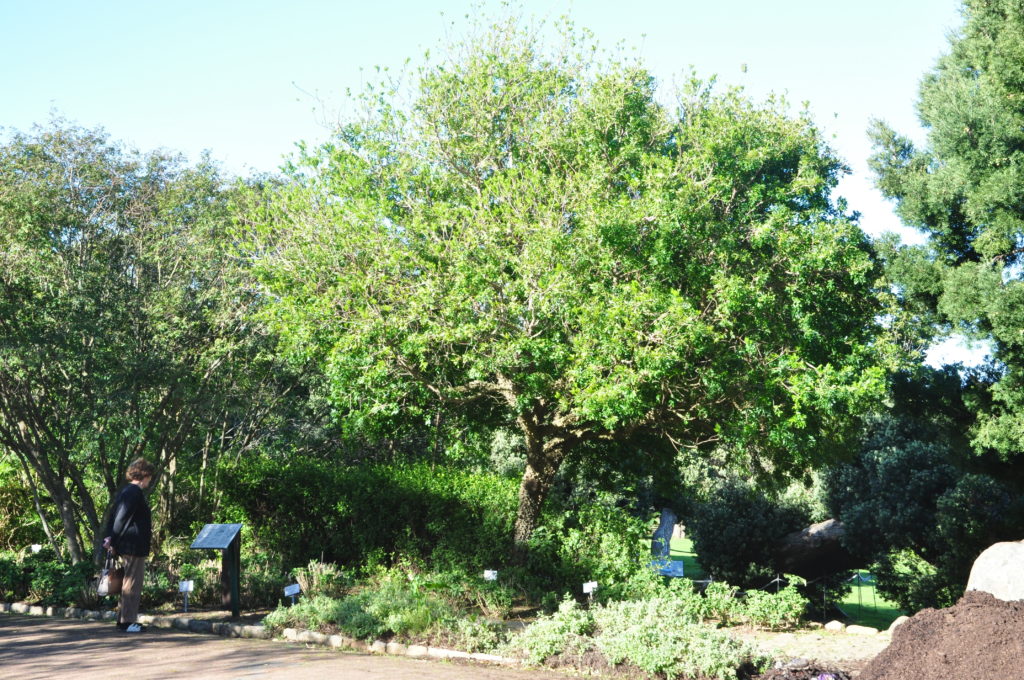

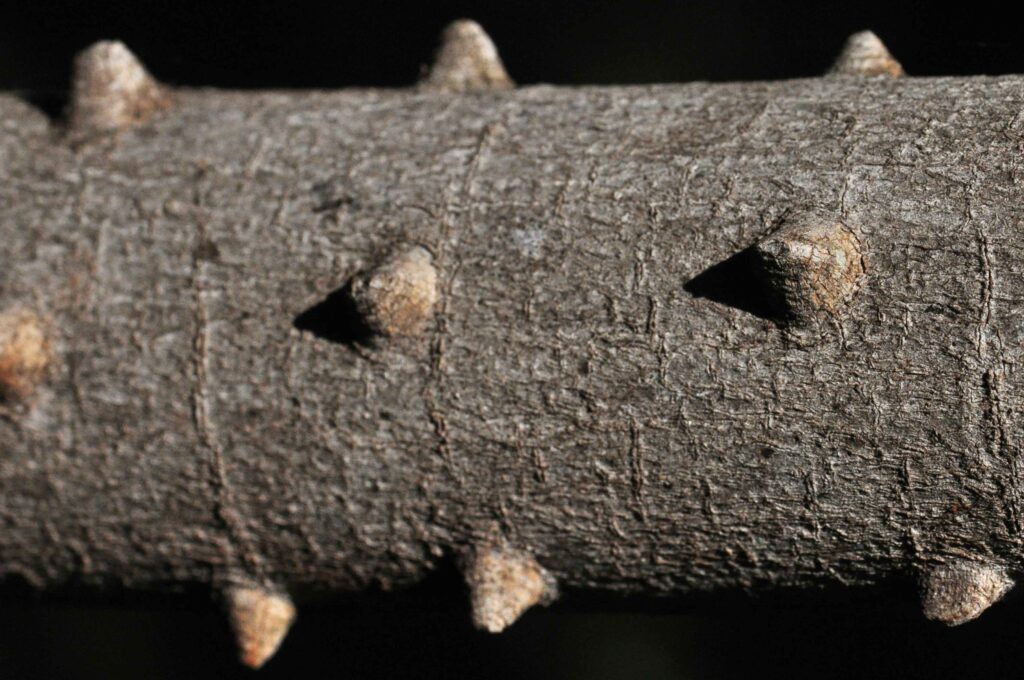
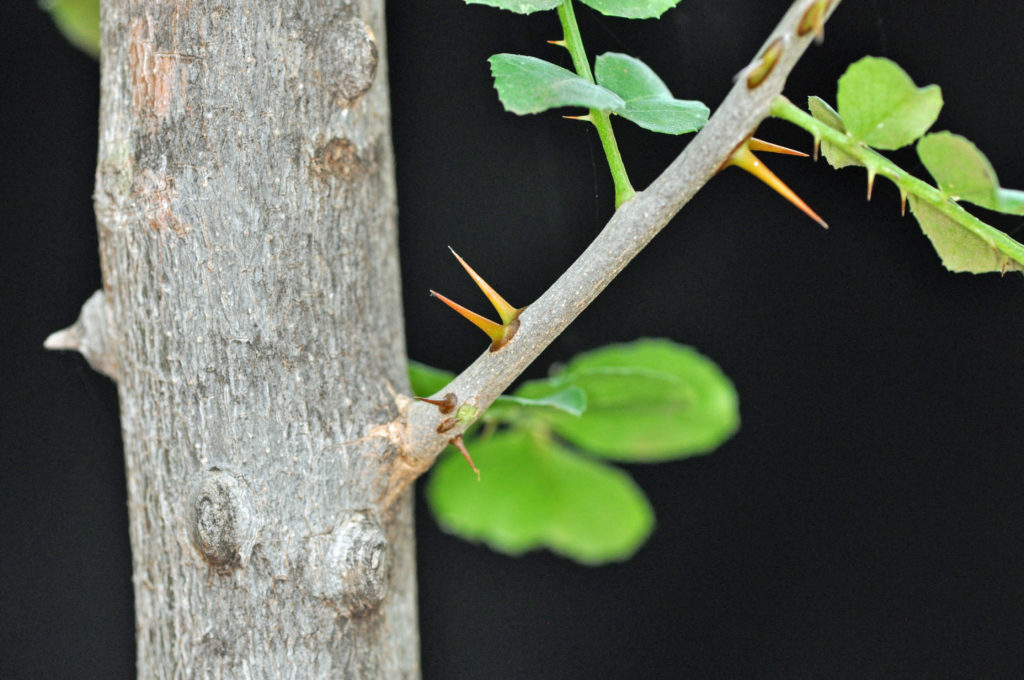
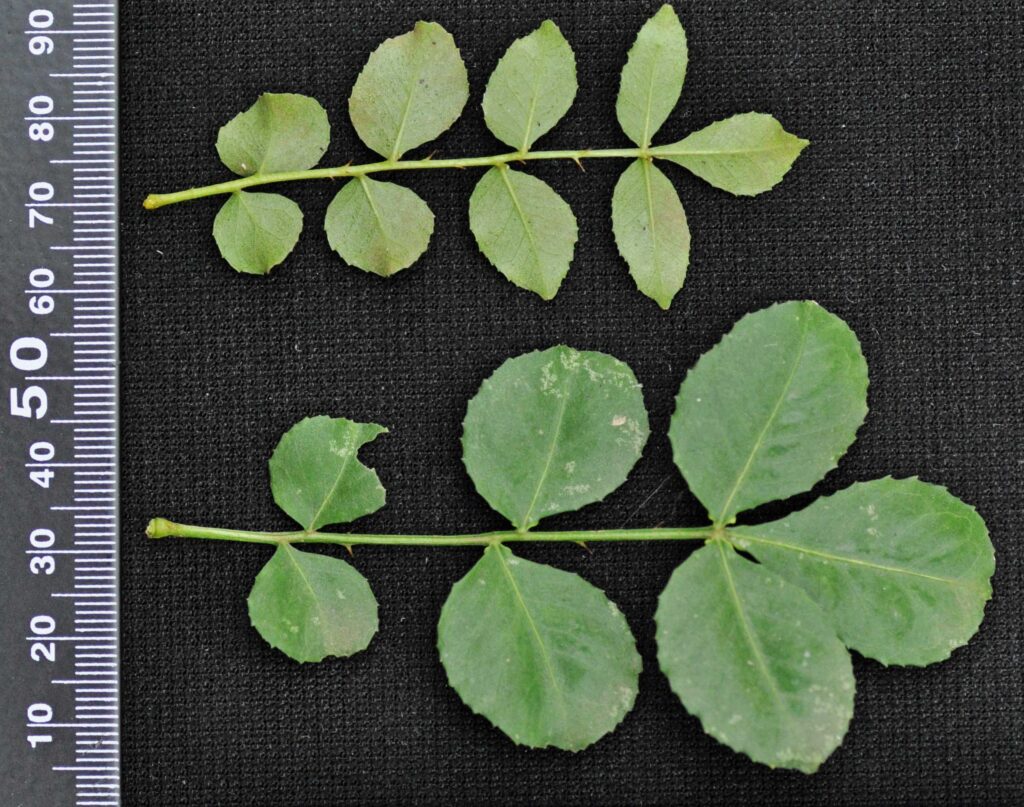
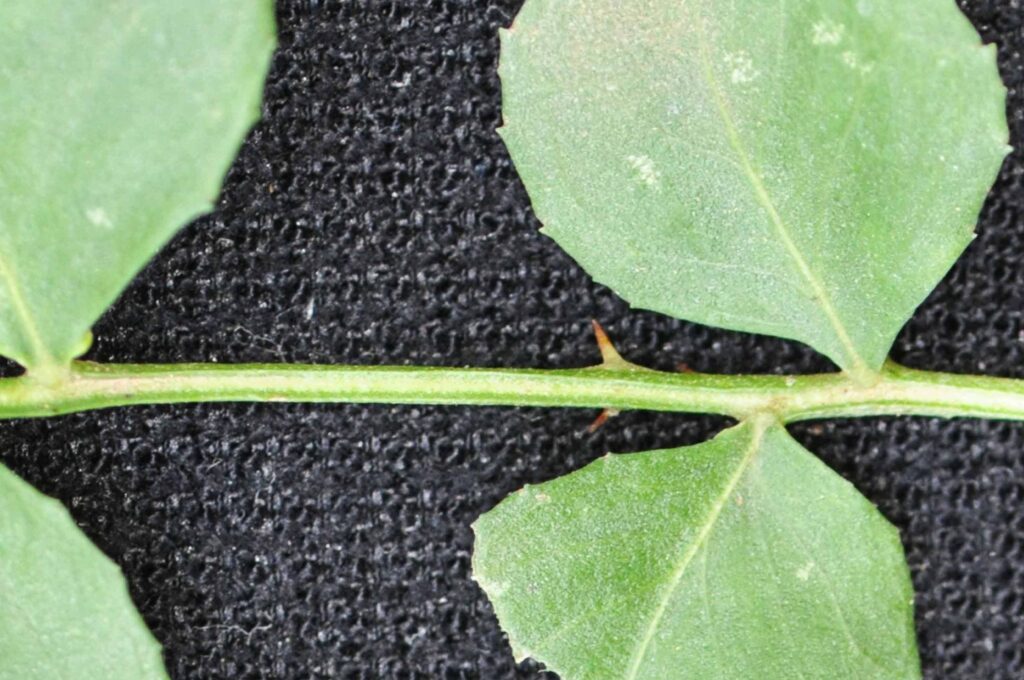
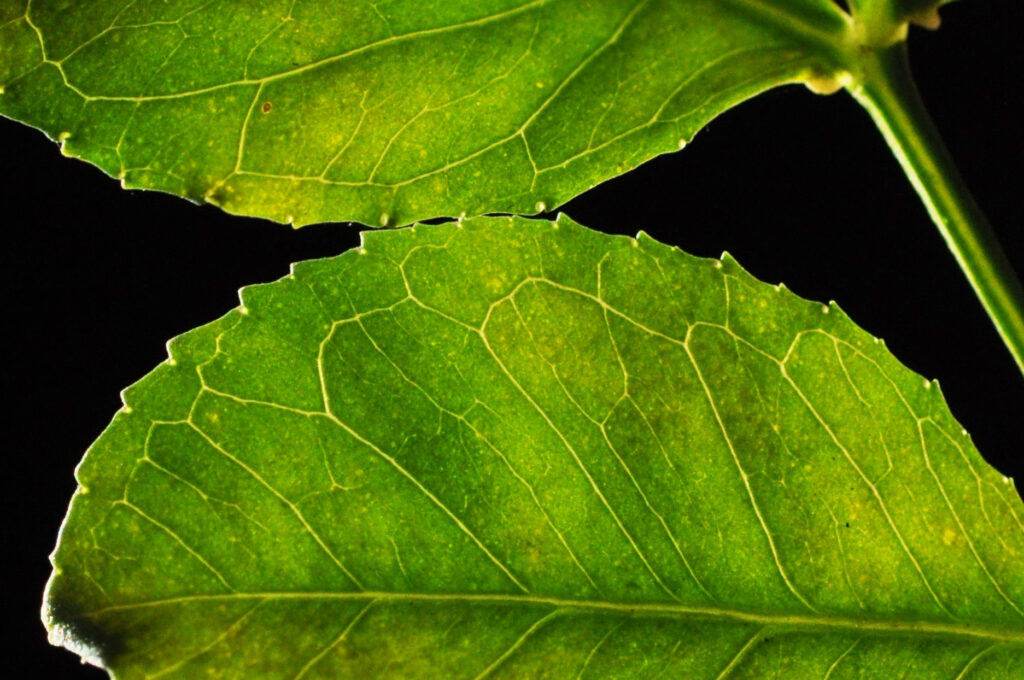
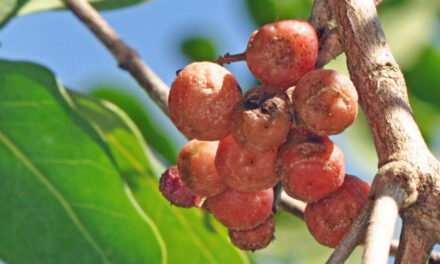
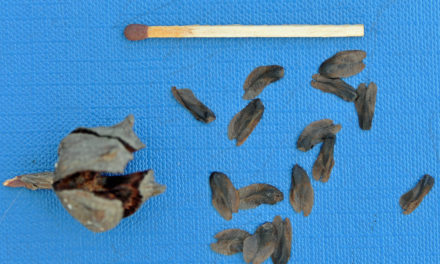
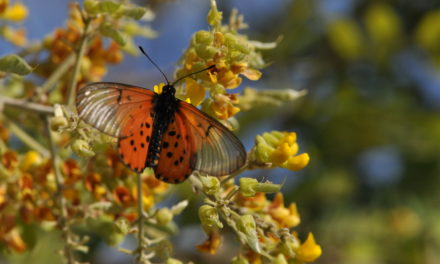

Thank you for the information because I’ve tried to grow branches not sure if they’ll grow,I like that fruit but it’s scarce,very few people know about it.
Greetings from Johannesburg
Thanks for your note. I hope you will be successful with your growing venture.
Take care
David Becking
Hi.Do you still want this plant? Contact me on “titusmphela@gmail.com”. I have seedlings.
Thank you Titus
Not requires at the moment.
David Becking,